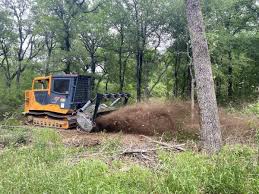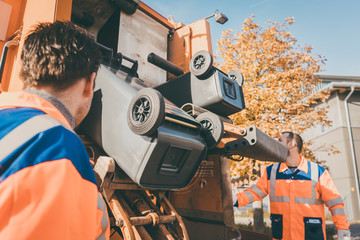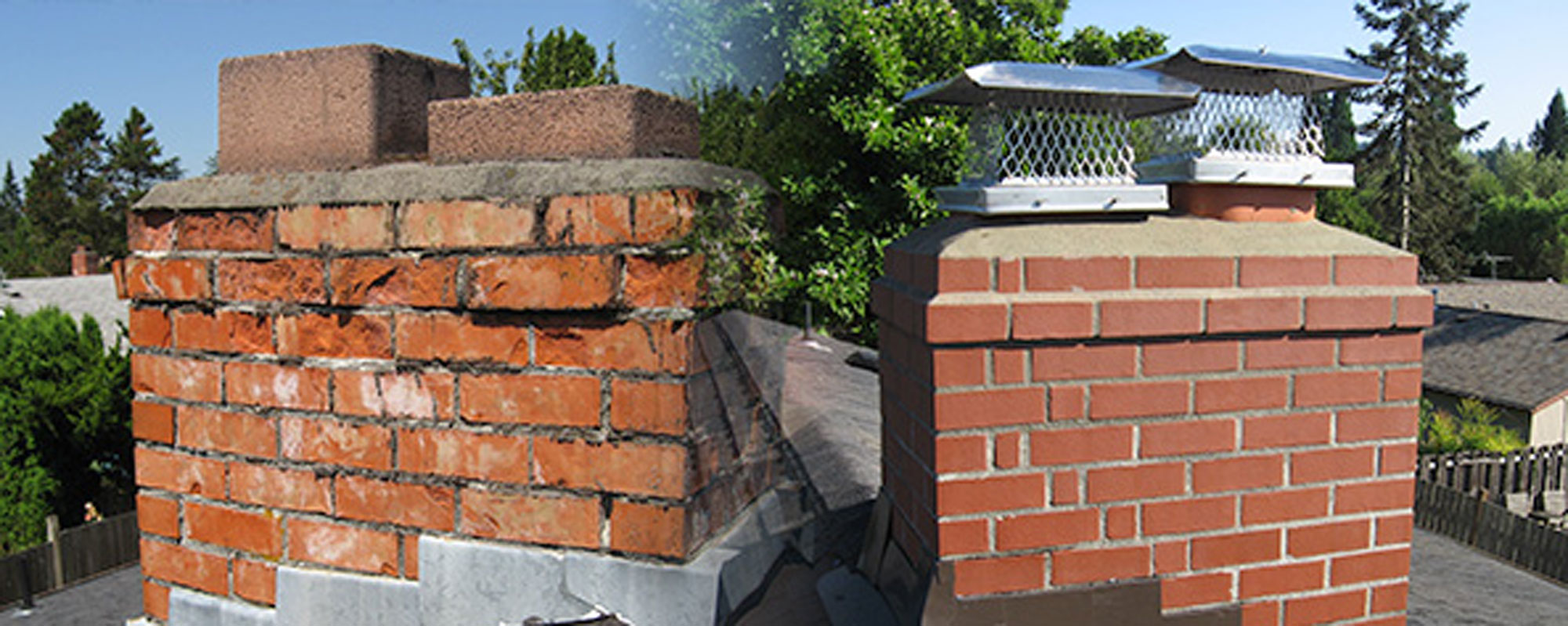Whether you’re updating a single fixture or doing an extensive renovation, it’s important to prepare well. CLICK HERE for a free printable Bathroom Remodeling San Jose CA Checklist!

Bathroom remodeling is a transformative process that enhances functionality and personal style while adding value to your home. It’s also an opportunity to address safety issues like slippery floors, dated fixtures and lead paint.
Determining the budget for your bathroom remodel is an essential step in the process. It guides the scope and scale of your project and helps you prioritize what elements are most important to you. You should consider factors like what the room will be used for, if you plan to sell your home in the future, and what your design theme is.
The cost of a bathroom remodel can vary dramatically depending on the scope of work, the type of materials used, and whether or not you hire professionals for labor. For example, natural stone tile will cost more than ceramic, and specialty finishes will also increase costs. The size of your bathroom and the number of fixtures you want to install will also impact the total cost. A basic update might include replacing a few fixtures and refreshing paint, while a full remodel could involve expanding the space or changing its layout.
To keep costs down, look for affordable materials that still offer a high level of sophistication. For instance, choosing energy-efficient LED lighting can reduce your electricity bill and save money in the long run. You can also find deals on new fixtures and materials by shopping around online or at local home improvement stores. Some manufacturers even offer discounted or clearance products.
Another way to cut remodeling costs is by doing some of the work yourself. For instance, painting the walls can save you money on labor costs, and removing and installing cabinet hardware can be an easy DIY task. However, it’s best to leave the major structural changes and plumbing rerouting to professionals in order to ensure that everything is done correctly.
Lastly, it’s worth considering the return on investment (ROI) of your remodel when determining how much to spend. According to a recent study, homeowners recover 59% of their remodeling costs in terms of increased home value. This makes it an excellent investment for anyone looking to add value to their home.
Design
There are many reasons to remodel a bathroom, from making it more functional to improving its aesthetics. The goal is to make the space more appealing, which also increases its overall value. Remodeling a bathroom can be as simple as repainting the room and replacing the vanity, or as complex as moving walls and creating a new layout. Whatever your goals, it is important to plan ahead and create a budget. This will help you avoid overspending and keep your project on track.
The first step in the process is gathering inspiration for your design. Platforms like Pinterest and home improvement magazines are treasure troves of ideas. Look for color schemes, layouts, and fixture styles that appeal to you. Taking measurements of your current space is also a good idea. This will give you a better sense of the size and scope of your bathroom remodeling project, as well as any obstacles that may limit its success.
After collecting your inspiration, it’s time to make a wish list of what you want your bathroom to look like. Create a separate list for “must-haves” and “nice-to-haves.” Then, prioritize each one based on your needs and preferences. This will help you stay focused during the planning process and ensure that your remodel is a success.
Another consideration is whether to hire professionals or go the DIY route. For many homeowners, the decision is a matter of budget and available time. A professional will be able to work more efficiently and provide a higher quality result. However, it is essential to understand that this option will cost more than a do-it-yourself project.
Regardless of which type of remodel you choose, local building codes must be adhered to. This is especially true if the renovation involves changing the structural components of the bathroom. Homeowners must submit detailed plans and sketches of the renovations to the appropriate authorities for approval before starting construction. This will also ensure that electrical wiring and lighting requirements are up to code. It is a good idea to consult an electrician to determine the best way to meet these requirements.
Materials
The materials used in a bathroom remodel have a significant impact on the typical bathroom remodeling cost. The type of material, its durability, maintenance requirements, and aesthetic appeal all play a role in the overall expense. High-quality materials add up quickly, but there are a few ways to minimize costs by maximizing small fixes and smart planning.
The first step in a successful bathroom renovation is to set a budget and find materials that fit within that framework. Once you know how much you can spend, it’s easier to narrow down the options and choose a design that’s aligned with your priorities and goals. It’s also important to consider all underlying factors that can affect the cost of the project, from regional labor rates to unforeseen repairs and replacements.
During the demolition phase, it’s crucial to take care of any underlying issues such as rot, leaks and water damage. It’s also crucial to mark the location of electrical wiring and plumbing pipes so that they are not damaged during the construction process.
In addition to reducing the risk of costly mistakes, this step also allows you to create a plan for your new bathroom. For example, if you’re adding a new vanity with a larger counter and more storage space, you may need to install additional lighting or reconfigure the electrical configuration. Similarly, if you’re removing a bathtub, it’s vital to replace the flooring with a waterproof alternative to avoid potential issues later on.
When it comes to luxury bathroom remodeling, the right materials can transform your space into a showcase of elegance and sophistication. For example, marble countertops instantly elevate the toilet and vanity area while adding a sense of grandeur. Large-format marble tiles and mosaic patterns are also popular in luxury bathrooms, while eco-friendly flooring materials like bamboo or cork offer an environmentally responsible luxury option. Lastly, strategic use of glass and mirrors maximize natural light and create the illusion of spaciousness. These features also support a sustainable lifestyle by promoting energy efficiency and reducing reliance on artificial lighting during daylight hours.
Installation
When the time comes to remodel your bathroom, you need to be ready for some disruption. The remodeling process requires the water to be shut off and the power to be turned off while a team of professionals works to make changes that will transform your space. Having an idea of when this will happen and a plan in place to care for your pets and children during the construction process is always a good idea.
Bathroom remodeling usually involves the removal of existing fixtures, if necessary. Then, a crew can install new cabinets and countertops to create the new design. Depending on the extent of the renovation, the crew may also have to install new drywall, tile and waterproofing. If needed, a licensed electrician can add new wiring and a plumber can install new plumbing fixtures.
A full bathroom remodel is a major project that can dramatically change your bathroom’s layout and design. It’s important to hire a professional installer that will be able to foresee potential problems and address them efficiently, so you don’t end up with expensive mistakes.
A limited bathroom remodel is a less intensive project that still allows you to drastically change your bathroom’s look and functionality. A professional installer can help you select the right vanity, sink, tub and shower to fit your style and budget. They can even help you find the perfect lighting and accessories to finish off your design.
If you’re looking for a cost-effective way to upgrade your bathroom, consider converting an old bathtub into a walk-in shower. This will not only save you money but it will also add value to your home.
It’s important to know whether or not you’ll need a permit for your remodel. This is especially true if you’re changing the room’s structure or moving walls. You should check with your local building department or permitting office for specific guidelines and requirements. In some cases, you may need to hire a professional to handle the permit process for you. This will ensure that your renovation is done properly and meets all local codes.









